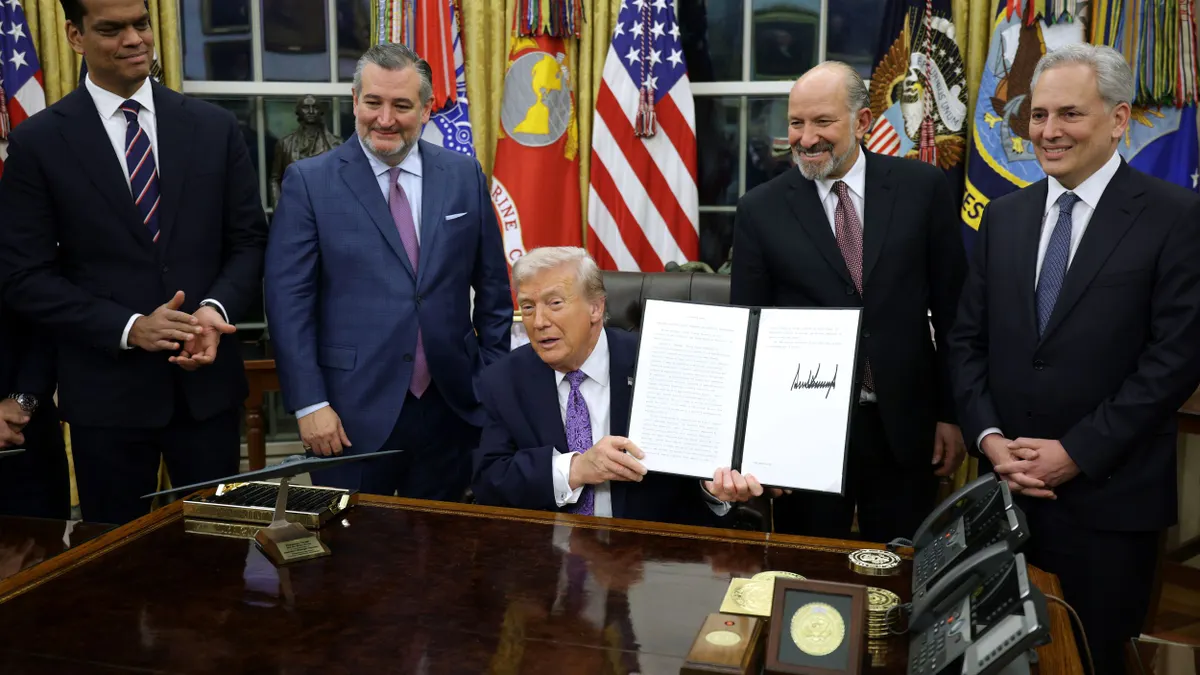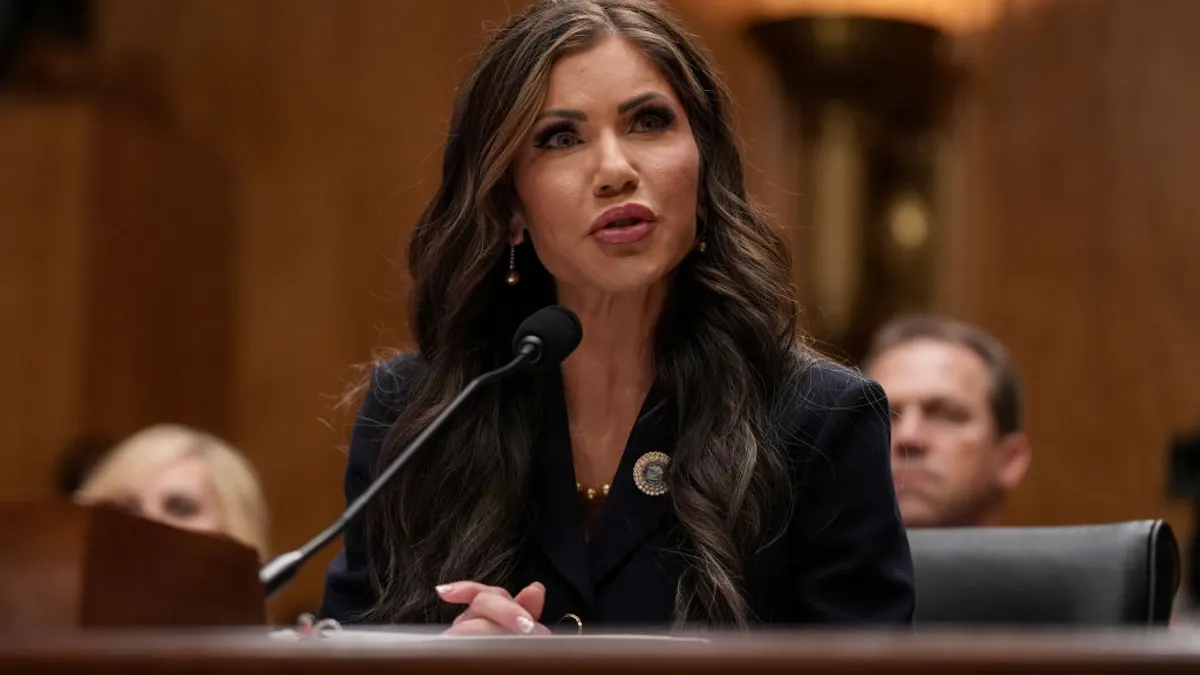Employers have long used noncompete agreements to keep key talent from leaving, but recent headlines show the contracts have become increasingly controversial. Acknowledging this trend, federal regulators may soon take aim at noncompetes.
Nearly a year ago, President Joe Biden issued an executive order that encouraged the Federal Trade Commission to ban or limit noncompete agreements as a component of a broader directive covering potential barriers to economic competition. Last week, Federal Trade Commission Chair Lina Khan told The Wall Street Journal the agency is considering regulatory action to do just that.
Pushback against noncompetes comes as some organizations, including the Economic Policy Institute — which the White House cited in its original directive to the FTC — estimate that the agreements cover millions of U.S. workers, including low-income workers and those earning state or federal minimum wages.
Though it may not ultimately make ethical or practical sense to subject some workers to noncompete agreements, the documents still have their place in workforce management, Gregory J. Hare, shareholder at management-side firm Ogletree Deakins, said Monday during a presentation at the Society for Human Resource Management’s annual conference.
“It’s not really right and just and equitable to lock up some types of jobs,” Hare said. “But for others it is eminently fair.”
This is especially the case, he said, for employees whom an employer has invested considerable resources into developing or who manage a significant portion of the employer’s business. And even in cases where a noncompete agreement might not make sense, Hare said employers may still be able to use other restrictive covenants to protect sensitive data or secure talent pools, among other goals.
The role of state laws
While it’s unclear what federal regulators will promulgate in this area, if anything at all, Hare suggested employers still note that state laws have addressed noncompete agreements — and that their provisions are highly varied.
Hare identified California and Oklahoma as two states with some of the tightest restrictions on noncompetes, though he said other jurisdictions may introduce the same level of requirements. That includes Washington D.C., whose noncompete ban has been delayed to October 2022.
Illinois prohibits noncompete agreements from being enforced when an employee has been employed for fewer than two years. Other states limit noncompetes to only a certain period of time after an employee leaves, Hare said, and still others protect low-wage earners from noncompetes.
State laws also might consider how an employer presents a noncompete agreement to employees. Hare said some jurisdictions may require employers to provide compensation for the employee to sign a noncompete; advise employees to consult with counsel in writing before entering a covenant; or include a “garden leave clause” stipulating that the employer will pay the employee during an agreement’s restriction period, among other frameworks.
Not just noncompetes
If a noncompete agreement does not make sense for a given employee, employers can look at other types of restrictive covenants, Hare said.
Nonsolicitation covenants
Hare summed up the purpose of nonsolicitation covenants with a simple phrase: “You can’t steal our customers when you leave.”
These agreements are common for businesses in which customers interface directly and frequently with one specific employee, such as at a pest control service. If clients know only one specialized individual who performs termite inspection services, for example, the inspection company may lose considerable business if that worker leaves for a competitor, Hare said.
Nonrecruitment covenants
Voluntary turnover has had a marked impact on employers across industries over the past year, leading to a shortage of top talent. So when highly skilled executives or managers leave an organization, that can lead to even more turnover if the former employees bring their teams along with them.
This type of scenario is where a nonrecruitment covenant might be useful, Hare said. Essentially, it is an agreement that says the former employee cannot hire away the company’s other workers or encourage them to leave the company’s employ for a limited time.
Though these agreements are helpful, Hare cautioned that employers may not want to specify or limit their applicability to situations in which employees leave for a “competitor,” as the employees may want to bring their talent with them to a new organization in any industry. “They want to bring new talent to their company no matter what they’re doing,” Hare said.
Nondisclosure agreements
Nondisclosure covenants, or nondisclosure agreements, have been used in a variety of contexts, though Hare said they can restrict former employees from being able to divulge or publish an employer’s confidential information for their own or others' benefit for a limited time.
NDAs are especially relevant, Hare continued, due to the ease with which any employee can download company data. “Anybody can plug a thumb drive into your software system,” he said.
‘The handbook is not a contract’
An employee handbook may include language stating that employees cannot share confidential information or data with external parties, but no handbook is a substitute for a restrictive covenant, according to Hare.
“You have to have a separate piece of paper,” he said, “because the handbook is not a contract.”
Hare said he “highly recommended” that employers use a program such as Docusign that allows HR to show an employee has actually signed an agreement. “Even if you had someone sign a piece of paper ... please, please, please PDF it and keep it in your system,” he added.
Employers also may need to be wary of a covenant that has been drafted to be broadly enforceable in every state or jurisdiction. “Chances are it might be unenforceable in many states,” Hare said. A better path, he said, could be to create a base template that uses endnotes or carve outs to address state-by-state nuances.
Although regulators are scrutinizing noncompetes specifically, Hare said the agreements may still make sense for employers in some cases. This may be particularly true for executives, thought leaders, relationship managers and others who are considered the face of an organization. “This person is significant enough that they could seriously harm your organization if they leave,” Hare said.






















